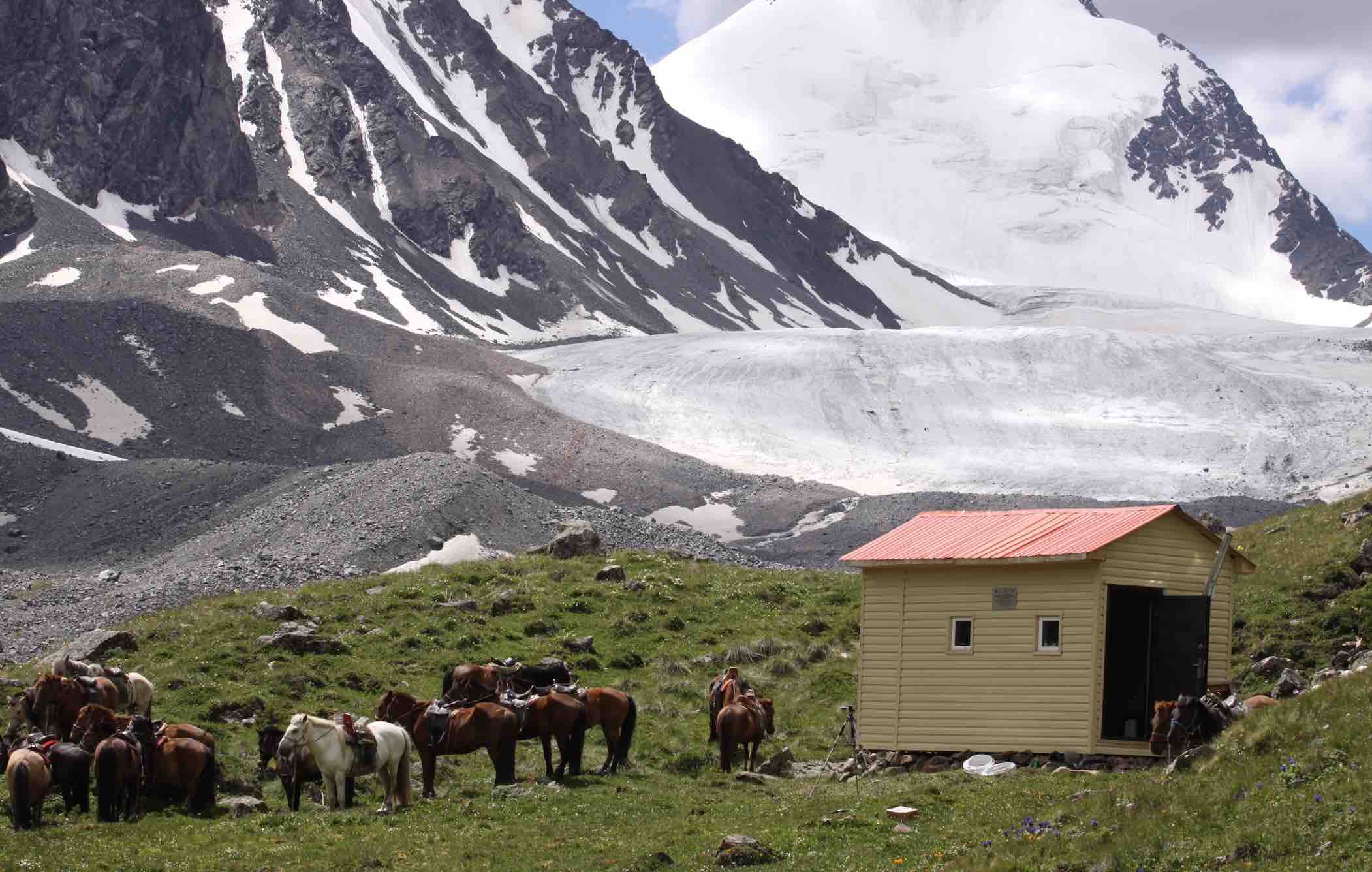Mongolia prioritizes adaptation and mitigation goals on livestock, animal husbandry and arable farming

November 2021 – Mongolia faces rates of warming far higher than the global average, with average temperatures already increasing by more than 2°C between 1940 and 2015 and future climate projections suggesting warming could exceed 5°C by the end of this century. The climate change impacts of 5°C warming amplify existing stressors and will be devastating to human health, animal species, livelihoods and ecosystems. In addition, with increased frequency and intensity of major climate-related hazards such as storms (dust storms, windstorms, thunderstorms, and snowstorms), droughts, and extended harsh winters are expected to exacerbate conditions.
Mongolia is a landlocked country with rocky deserts, vast plateaus and mountain ranges situated at an elevation ranging from 560 to 4,374 meters (1,840 – 14,350 feet). Its unique topography, ecosystems and cultures contribute to distinct socioeconomic conditions, including a very low population density. Mongolia’s rural communities are traditionally nomadic pastoralists, with the livestock and animal husbandry sectors contributing to about 80 percent of the country’s agricultural production. The agriculture sector employs one-third of the overall population and accounts for 8.4 percent of the country's exports and 10.6 percent of its GDP. Mongolia’s nationally determined contributions (NDC) prioritizes improving climate change policies, institutional frameworks and governance, access to climate finance, transparency of climate monitoring and reporting, and capacities for NDC implementation. The country has prioritized several sectors including agriculture as nomadic herders and crop farmers are the most vulnerable groups.
The Government of Mongolia partnered with the FAO and UNDP in a five-year programme, Scaling up Climate Ambition on Land Use and Agriculture through Nationally Determined Contributions and National Adaptation Plans (SCALA), funded by Germany’s International Climate Initiative. The SCALA programme sat down with Mr. Ts. Bolorchuluun, Head of the Department of Policy Implementation and Planning at the Ministry of Food, Agriculture and Light Industry (MOFALI) in Mongolia to learn about the opportunities to enhance the country’s climate ambition outlined in its NDCs and other national policies.
****
SCALA: What are some of the key adaptation and mitigation priorities in agriculture and land use that have been outlined in your country’s NDC?
Mr. Ts. Bolorchuluun: The Government of Mongolia updated its NDC in 2020, which now prioritizes adaptation action in animal husbandry, pastureland management and arable farming. Under animal husbandry and pastureland management, adaptation priorities focus on maintaining balance in ecosystems and strengthening legal frameworks. The NDC also highlights the need for sustainable use of pasturelands by increasing forage cultivation and water supplies for livestock, as well as the enhancement of disaster management systems against drought and dzud (summer drought followed by a severe winter leading to livestock loss). On arable farming, the NDC outlines plans to improve legal frameworks to overcome climate change adaptation challenges and aims to introduce advanced water and labor efficient technologies in the production of potatoes, vegetables, fruits and berries to enhance productivity. Additional adaptation measures include fencing and planting strips (forests, fodder plants and technical plants) around arable crop lands and introducing soil-conserving zero tillage methods with straw mulch to retain soil moisture.
Key mitigation priorities include limiting and reducing the number of livestock while enhancing livestock quality and herd structures, improving the management of livestock manure, protecting pastureland soil and establishing forest strips around arable lands to preserve soil moisture and reduce wind and water erosion.
SCALA: What are some of the main barriers experienced in achieving these adaptation and mitigation goals?
Mr. Ts. Bolorchuluun: The Government of Mongolia approved the NDC Action Plan in 2021 but we do face certain challenges in implementing the NDC Action Plan, such as access to finance, inadequate institutional arrangements, and lack of human and technical capacities. To overcome these challenges, specifically on access to finance, Mongolia has to rely on international funding from developed countries. On strengthening institutional arrangements and technical capacity building, Mongolia is looking forward to the SCALA programme’s support over the next few years.
SCALA: Mongolia is part of the 5-year SCALA Programme, what are the entry points for SCALA support to help overcome these barriers and achieve these priorities?
Mr. Ts. Bolorchuluun: One entry point for the SCALA programme would be to support the development of relevant tools and methodologies to enhance the evidence base for the fulfilment of our NDC and National Adaptation Plan (NAP) goals. Private sector engagement in adaptation and mitigation for the agriculture sector is also insufficient and there is a lack of good practices to adopt and scale up. Therefore, as part of the global SCALA programme, we hope to learn from experiences and opportunities in other countries and regions to strengthen private sector engagement in Mongolia.
SCALA: What steps can be taken to reduce greenhouse gas emissions (GHG) from agriculture and land use to achieve the 2030 Agenda?
Mr. Ts. Bolorchuluun: Mongolia has distinct geographical and socioeconomic characteristics. The country has a very low population density and many of its rural communities are nomadic pastoralists. The pastureland is the basis of Mongolia’s predominantly nomadic lifestyle and key to its sustainable development. Considering Mongolia’s national characteristics, to achieve the Sustainable Development Goals (SDGs) and GHG emission reduction targets, we need to maintain a pastoral ecosystem balance, enhance legal frameworks for pastureland management and improve livestock value chains, for example, by maintaining appropriate livestock herd ratios.
****
Mongolia’s NDC mentions an ongoing process to formulate a NAP, which was initiated in 2018 and is currently being drafted, as the primary means to identify specific adaptation priorities, adaptation and mitigation co-benefits as well as nature-based solutions to help guide its national climate change response. Priorities identified in the NAP informed the targets outlined in the updated NDC and activities undertaken through the SCALA programme are designed to be in alignment with both documents. Improving pastureland management and maintaining appropriate livestock herd sizes is expected to contribute the fulfilment of Mongolia’s adaptation and mitigation goals, as well as the preservation of its traditional nomadic heritage.

